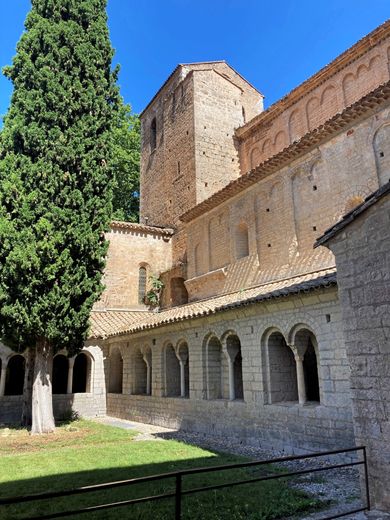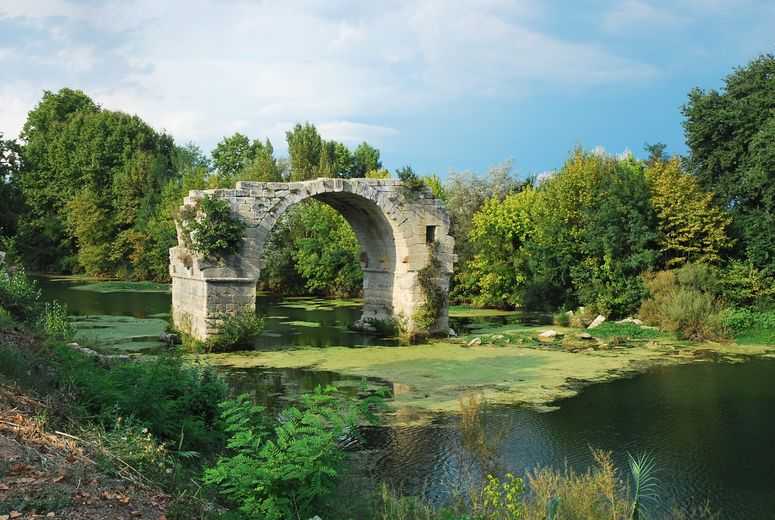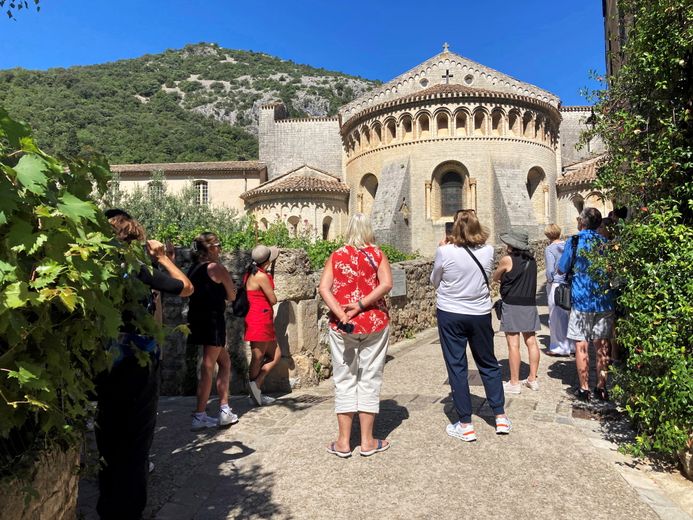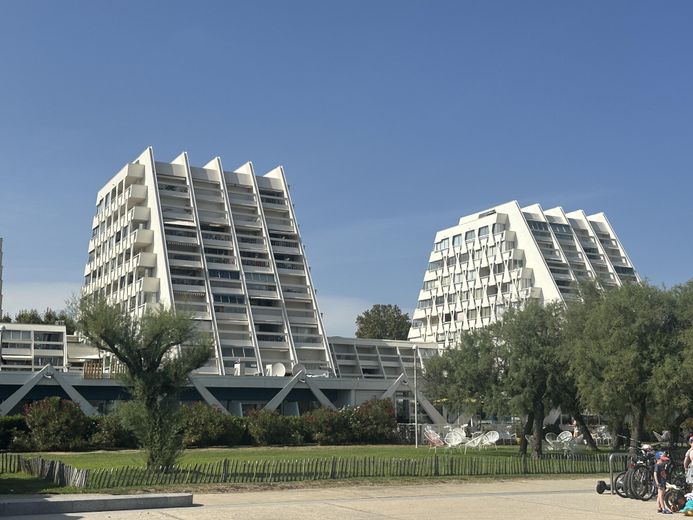Around Montpellier: our 5 suggestions for understanding the history here


Les lieux historiques de l’Hérault, parmi eux, l’Abbaye de Gellone. Midi Libre – Midi Libre
From prehistory to the present day, our selection of five places to visit around Montpellier to understand local history.
Traces of the Neolithic at the archaeological site of Les Cambous
For lovers of old stones who are tired of Roman remains, you have to go between Viols-le-Fort and Saint-Martin-de-Londres. In the middle of the scrubland, walls that date back more than 5,000 years still exist. A little-known place, the archaeological site of Cambous reveals to the curious the remains of dwellings from the Copper Age (2700-2300 BC) that have fossilized. Workshops, exhibitions and archaeological walks allow you to immerse yourself in the so-called Fontbouisse culture, which lived at the same time as the invention of writing in Mesopotamia.
Guided tours by reservation on the Cambous site

The archaeological site. Midi Libre – RICHARD DE HULLESSEN
Ambrussum, witness to the passage of the Gallic and Roman peoples
In the commune of Villetelle, this site shows traces of occupation dating back to prehistoric times. But it was in the 4th century BC that it was transformed when a Gallic tribe founded an oppidum there, a fortified village that spread over more than five hectares with partially preserved ramparts. This village disappeared when the Romans created a cobblestone road in the 2nd century BC to allow the movement of military troops, the famous Via Domitia, as well as a bridge over the Vidourle of which only one pillar remains, which notably inspired the painter Gustave Courbet. A museum with interactive 3D tools and guided tours now help the public to get an idea of the daily life of their ancestors.
Free site and museum with free access according to the opening hours.

The Romans' Bridge in Ambrussum. Midi Libre – FREDERIC AMADON
The Gellonne Abbey, when you choose to pray for your retirement
In the heart of Saint-Guilhem-le-Désert, in the middle of the limestone gorges, lies a jewel of Languedoc Romanesque art. Gellone Abbey was built in 804 by a cousin of Charlemagne, Guillaume de Gellone, who made it his final resting place after having spent his entire life fighting. It is said to house a piece of the cross of Christ that Charlemagne himself brought back from the crusades, making it an important stop on the roads to Santiago de Compostela. In the middle of summer, visitors can enjoy the cool of the crypt and cloister after hiking in the Cirque de l'Infernet or diving at the Devil's Bridge, another place whose legend is closely linked to Guillaume de Gellonne.
Free entry and free access.

Gellone Abbey. Free Midi – Free Midi
The end of the modern period at the Restinclières estate
Located in Prades-le-Lez, the Restinclières estate allows us to understand two things about the region. First, it is a perfect witness to modern history. Owned by the noble family of Cambacérès, known for Jean-Jacques Régis de Cambacérès, second consul of the Consulate and then archchancellor under Napoleon's Empire, it was then passed on to the English Bentham family who carried out botanical experiments there, before being sold again and becoming a wine estate that suffered from phylloxera and the great frost of 1956. But it was in 1990 that it took the form it still has today. Bought by the Department, it became the Departmental House of the Environment, where visitors can learn through workshops and exhibitions about another type of history that goes beyond that of men: geological and environmental history.

The Restinclières estate. Midi Libre – Midi Libre archives
La Grande-Motte, the revolution and the madness of the thirty glorious years
Previously, there were marshes. Then there were the concrete pyramids of Jean Balladur, architect chosen in 1962 to found the seaside resort and compete with those in Spain. In 2010, La Grande-Motte was labeled 20th Century Heritage. century. The first city to obtain this label for all of its buildings and architecture. The use of concrete mesh on facades, called moldings, is an element of decoration but also protection against the sun. Walking among these buildings before going to the beach is also about trying to understand the contemporary era. Numerous guided tours allow you to grasp its spirit.
Guided tours by reservation at the tourist office or tours with free access using QR codes affixed to signs near emblematic places.

The pyramids of La Grande-Motte. Emma Stinellis – E.S.




